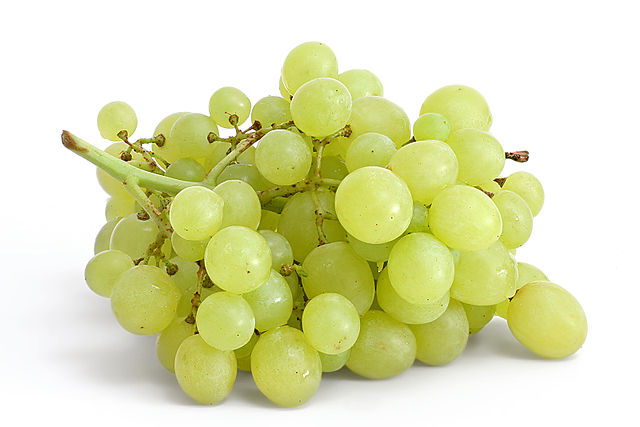Corporate India has introduced new long life grapes varieties, connecting a successful 2024-25 global export campaign to 2026.
Sangle Agro Processing Pvt Ltd’s director Sajaram Sangle cites that some new cultivars can withstand 60 transit days.
Sangle identifies Canada and the United States as some of the virgin targets for the seedless types now under trial.
The director isolates long shelf cultivars, namely Ivory, Timco, Timpson and Allison as readying for rollout next season. He recounts of their dynamism in every way, from weather resilience to low perishability.
Although the company is charting North American waters with the above quadruple, sights still remain on the traditional market of Europe.
Europe absorbs India’s conventional vitis vinifera range, from Thompson Seedless to Sonaka grapes – albeit logistics have been reducing penetration lately.
But since Europe’s supermarkets like offering a wide range, introducing the newest cultivars is a bankable opportunity for India.
These opportunities are not limited to the West, either. In fact, the 2024-25 season’s corporate shipments to Asia, Africa (via Kenya) and southeast Asia amounted to 2,500 tonnes.
Sangle expects the corporate volume to hit 3,500 tonnes with expansion in Kenya opening the way into African destinations.
The mending of Europe’s logistics and the pioneering of exports to North America solidifies the case.
More so, the Far East remains a darling of India’s grapes, with Sonaka and Thompson Seedless quite popular in China.
According to the Embassy of India in Beijing, China absorbs around 2% of grapes from India, as of 2017.
Perpetual Variety Hunt
The strong demand in the Far East and elsewhere underpins the quality of local grapes, which breeders keep reinventing.
In July 2024, the Tamil Nadu Agricultural University in south India bred multiple field and greenhouse grapes with export appeal. Some of these included A-18, Red Globe, Maratha Seedless and Krishna seedless, all coloured types.
Prices of new varieties are another major score because their low production costs foster affordability vis-á-vis expensive foreign competitors.
As of August 29, 2025, wholesale grapes on the Bay of Bengal were costing 15,000-16,000 rupees ($170.10-181.44) a quintal.
Hence, the promotion of affordable novel varieties will continue to make subcontinental grapes gather more global appeal. To learn extra bits on the south Asia country’s grape sector, peruse the below statistics.
India Table Grapes Statistics
The total production of table grapes in India amounts to 3.4 million tonnes per year (2022), the 7th highest worldwide. Thanks to dedication towards plant genetics, production grew steadily between 2020 and 2023, per the following FAOSTAT’s table:
| Year | Production [tonnes] |
| 2023 | 3.74 million |
| 2022 | 3.401 million |
| 2021 | 3.358 million |
| 2020 | 3.181 million |
Like production, the cultivated area of table grapes expanded exponentially in the 2020-23 timeline. It rose from 150,000 hectares (ha) in 2020 to 155,000 ha a year later and then soared to 163,000 ha in 2022. In 2023, farmers added 6K more hectares to round up 169,000 ha.
Given the production largesse, India exports $381.3 million (2024) worth of table grapes annually. This value represents around 3.6% of the global grapes trade and help India rank 10th in export rankings. By virtue of having a northerly location, the country exports during the late months of the year. This makes it able to compete with the southern hemisphere’s market leaders like South Africa, Peru and Chile.
The top destination for fresh grapes from India is the Netherlands at 79,335.3 tonnes, as of 2023, according to the World Bank. Following suit is the UK (14,920.2 tonnes) while the UAE (21,552.8 tonnes) and Bangladesh (68,920.8 tonnes) claim the top 4.
